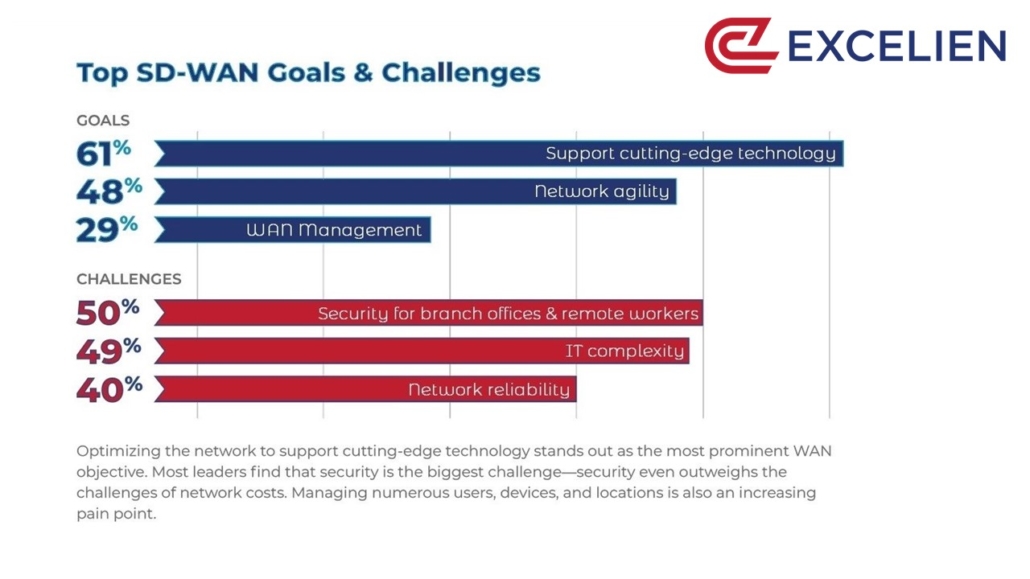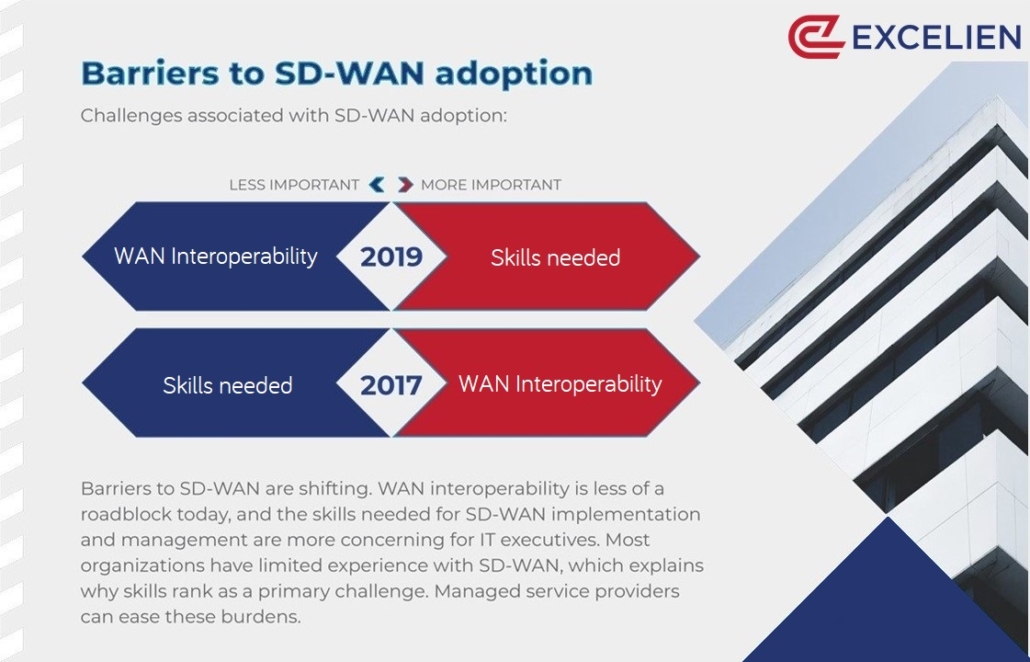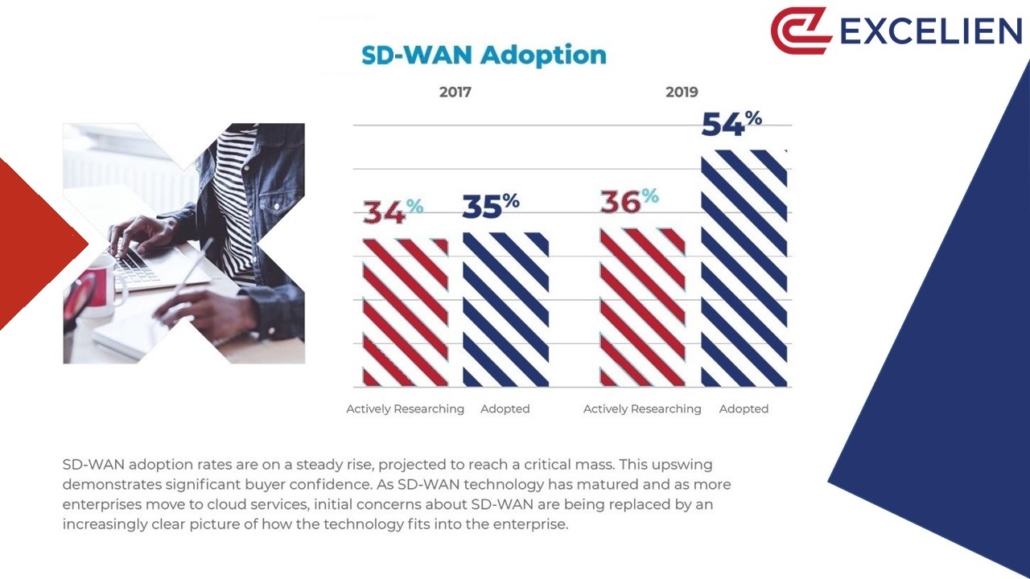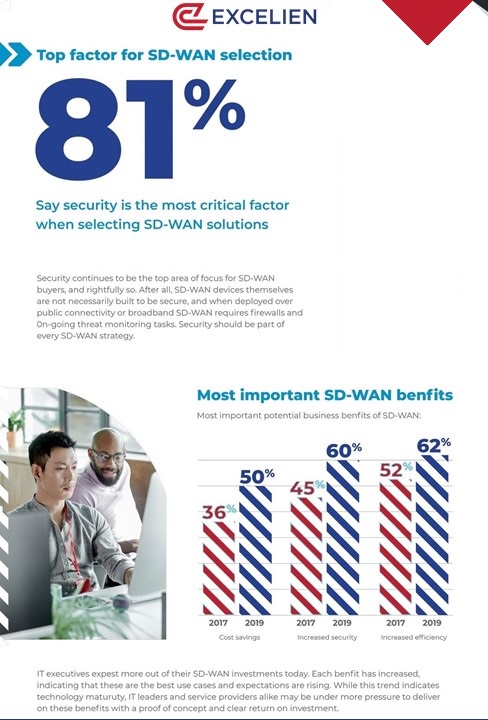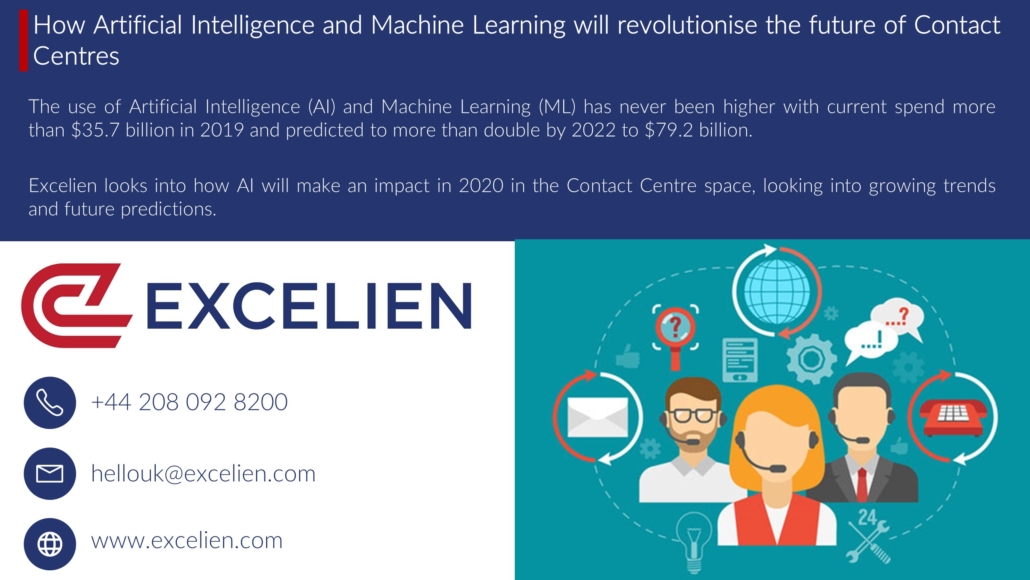As Excelien continues to grow its vendor eco-system becoming working with 8×8 as one of its fasting growing partners. 8×8 has offered a solution to all shapes of companies from SMB to Enterprise, from finance to legal to public and globally across 100+ countries. 8×8 can deliver unified communication services as well as contact centre rather than piecing various platforms together, eliminating silos and managed from a single UI. We look further into our partner 8×8.
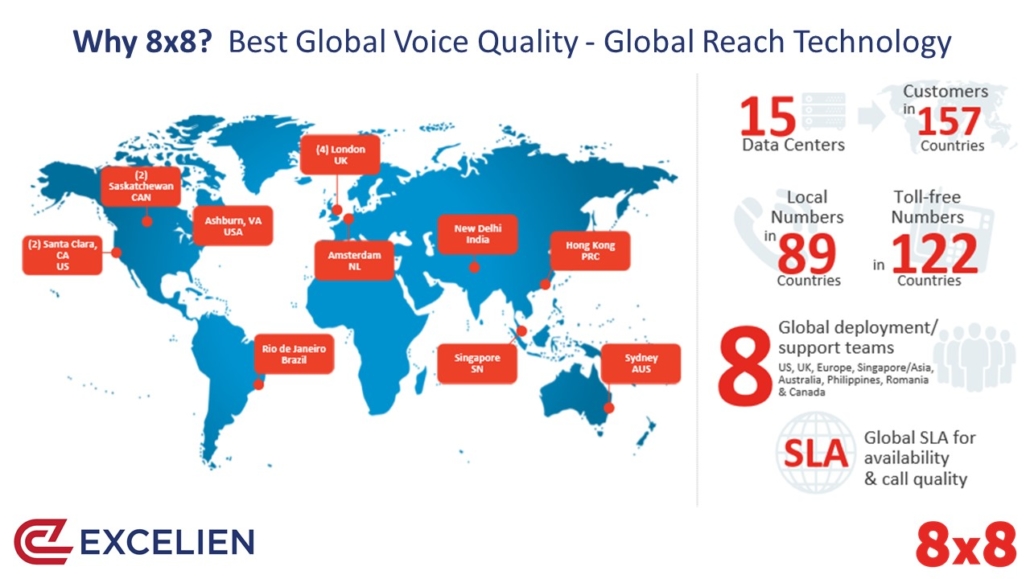
8×8 is remodelling the future of business communications as a leading Software-as-a-Service provider of voice, video, chat, contact centre and enterprise-class API solutions driven by one global cloud communications platform.
8×8 is recognised industry-wide by experts such as Frost & Sullivan for “Innovation in CCaaS and UCaaS”, IDC for as a significant player for CCaaS and UCaaS, Gartner as Magic Quadrant Leader for eight years consecutively and verified by Tolly as the provider with the highest call quality at 4.2. The accolades carry on with recognition from Deloitte, Silicon Valley Top 150, IHS, Infonetics Research and Forbes.

8×8 enables workforces worldwide to connect individuals and teams so they can collaborate faster and work smarter. Real-time analytics and intelligence provide businesses unique insights across all interactions and channels so they can delight end-customers and accelerate their business.
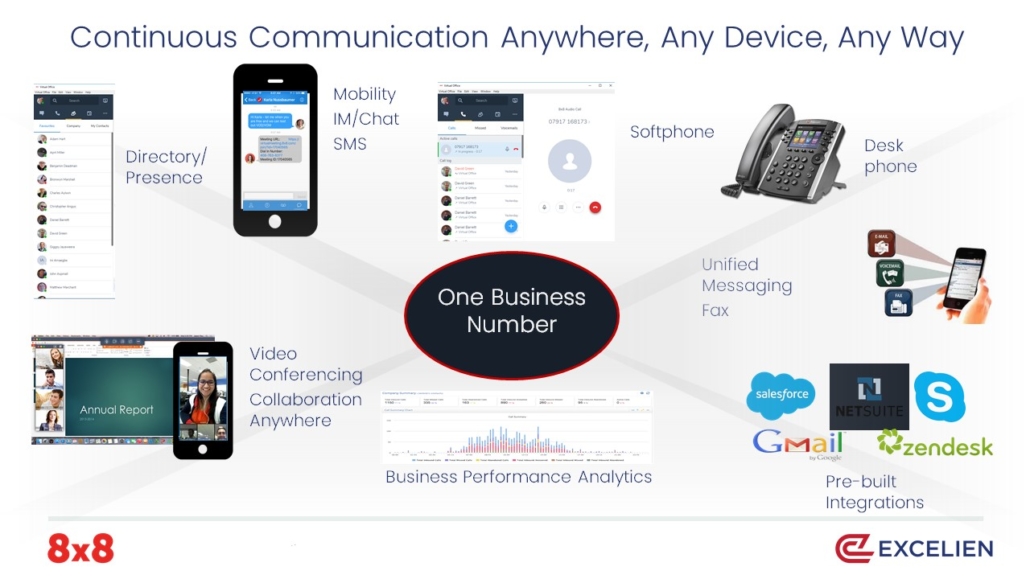
8×8’s hosted UCaaS and CCaaS solution enables businesses to swiftly, efficiently and reliably migrate telephone systems to the cloud. Unifying communications in the cloud on 8×8’s global communications platform, you can enhance customer satisfaction and external and internal collaboration regardless of location.
8×8 removes information silos to reveal vital, real-time intelligence across all clouds, applications and devices to increase individual and team productivity, customer experience and business performance.
8×8 has security and compliance at the forefront, ensuring it’s a fitting solution across all verticals from finance to the public sector to legal. 8×8 has 15 data centres globally, and both data sovereignty and GDPR compliant. 8×8 also offers voice recording and storage functionality to help MiFID II regulated customers meet their regulatory obligations.

8×8 guarantees high reliability and business continuity by delivering its cloud-based communications through the use of secure, fully redundant data centres. SSAE 16 certified, these top-tier data centres are placed in geographically diverse locations around the world. More than a million users rely on the 8×8 to reduce complexity and cost, accelerate high performance and enhance customer experiences.
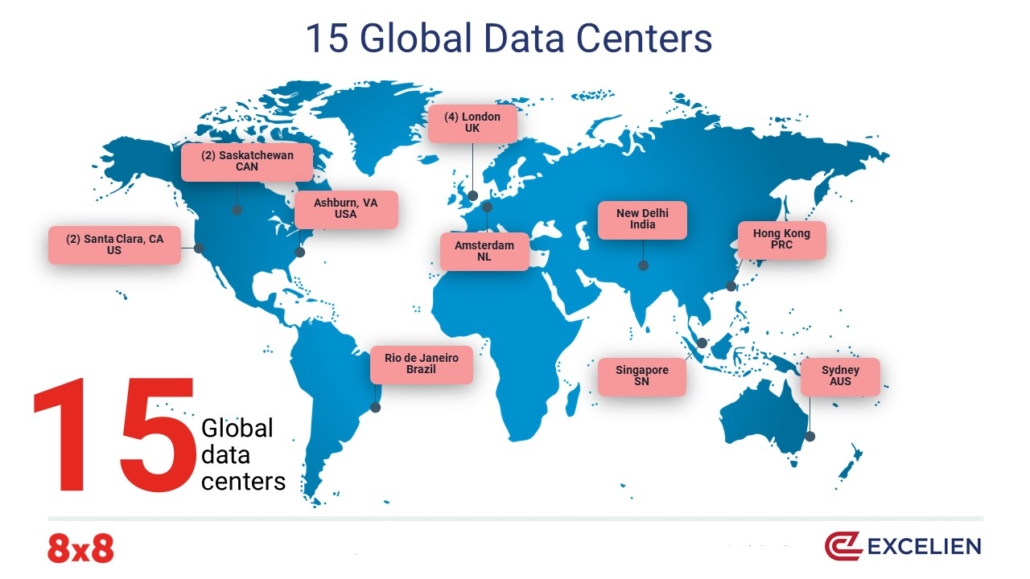
Our cloud advisory team at Excelien are experienced in a range of Unified Communications and Contact Centre rollouts. Please speak to one of our cloud consultants today to see how we can increase productivity, manage costs and move to a futureproofed solution.

